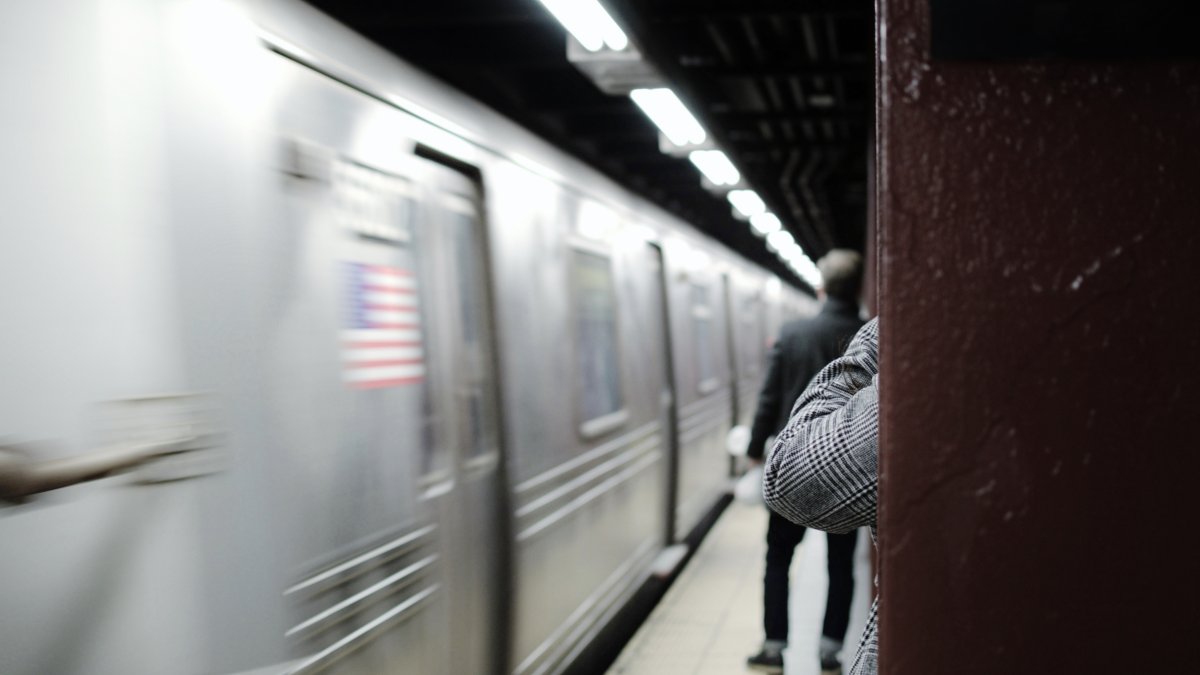NEW YORK — Electric scooters have already taken over city streets, and now owners can easily transport them through boroughs.
NYC subway, bus and commuter rail riders may be forced to find space as the MTA enacts a new policy allowing personal electric vehicles, such as scooters and e-bikes, across the board. of the public transport system.
The agency outlined the plan when it officially adopted the change on Monday and outlined a number of safety rules. The idea is to increase access to the transit points of the MTA for those people that no longer live at a distance from the stations, where they are part of a general strategy to fight against the financial difficulties of the company as they incurrió the agency in los last years.
So does that mean anyone can carry one of these devices, which can be quite bulky, on board any MTA?
Not exactly. First of all, no hoverboards. No Citi bikes or other rentals either. And express buses are prohibited. That means no personal electric vehicles (PVEs), foldable or not.
Here are the keys to what should and should not be done:
- Do not carry the VEP on any train, subway, bus, platform, station, facility or MTA terminal
- don’t drive either
- If the VEP can be folded, it must be folded or compacted and transported; must remain switched off during transport
- Keep doors, seats, aisles and emergency equipment clear
- Never leave VEPs or their batteries unattended, discarded, stored or locked to an MTA asset, or abandoned for any reason.
- 100 pound weight limit
- Wheel diameter cannot exceed 27 inches or be greater than 80 inches long or 48 inches high
- You must use batteries certified by Underwriter Laboratory (UL); must not emit environmental pollutants or have damaged batteries
The rules apply to everyone who uses the public transport system. Violations can range from penalties and fines to expulsion from the transit system, according to the MTA. See full policy details here.
“An accessible and convenient-to-use public transit system benefits all New Yorkers,” NYC Transit President Richard Davey said in a statement. “System accessibility is essential for all MTA riders, and this policy allows riders in underserved areas to better connect to the transit system safely.”

